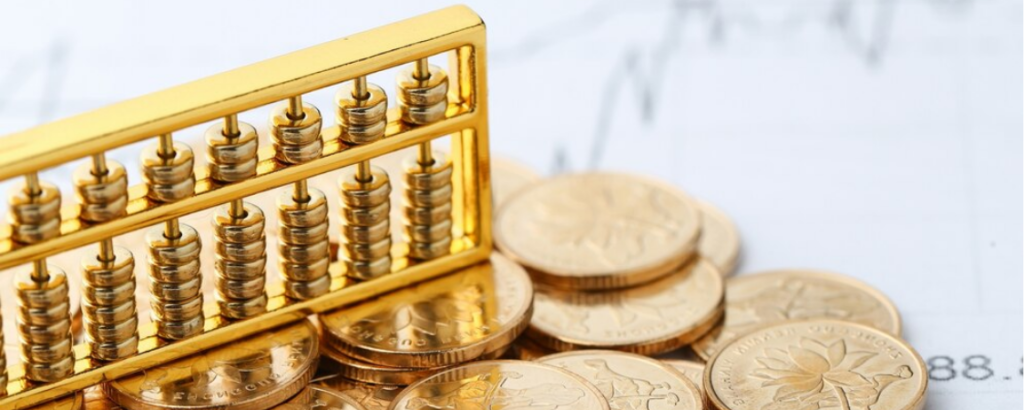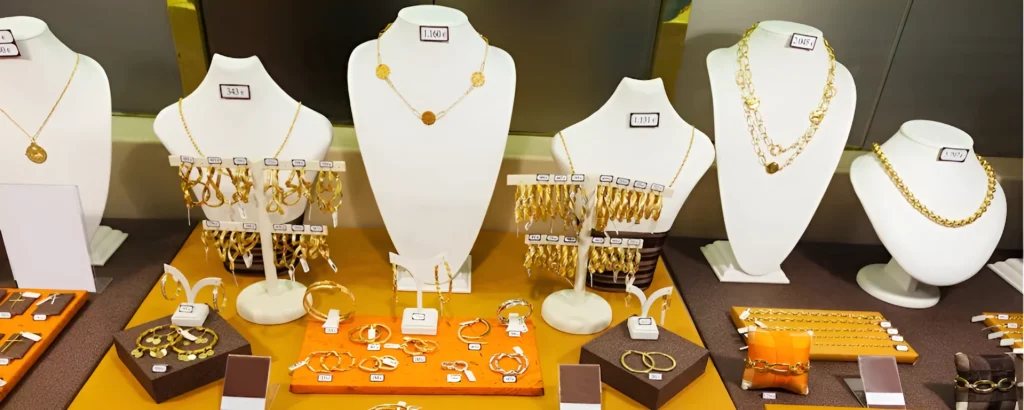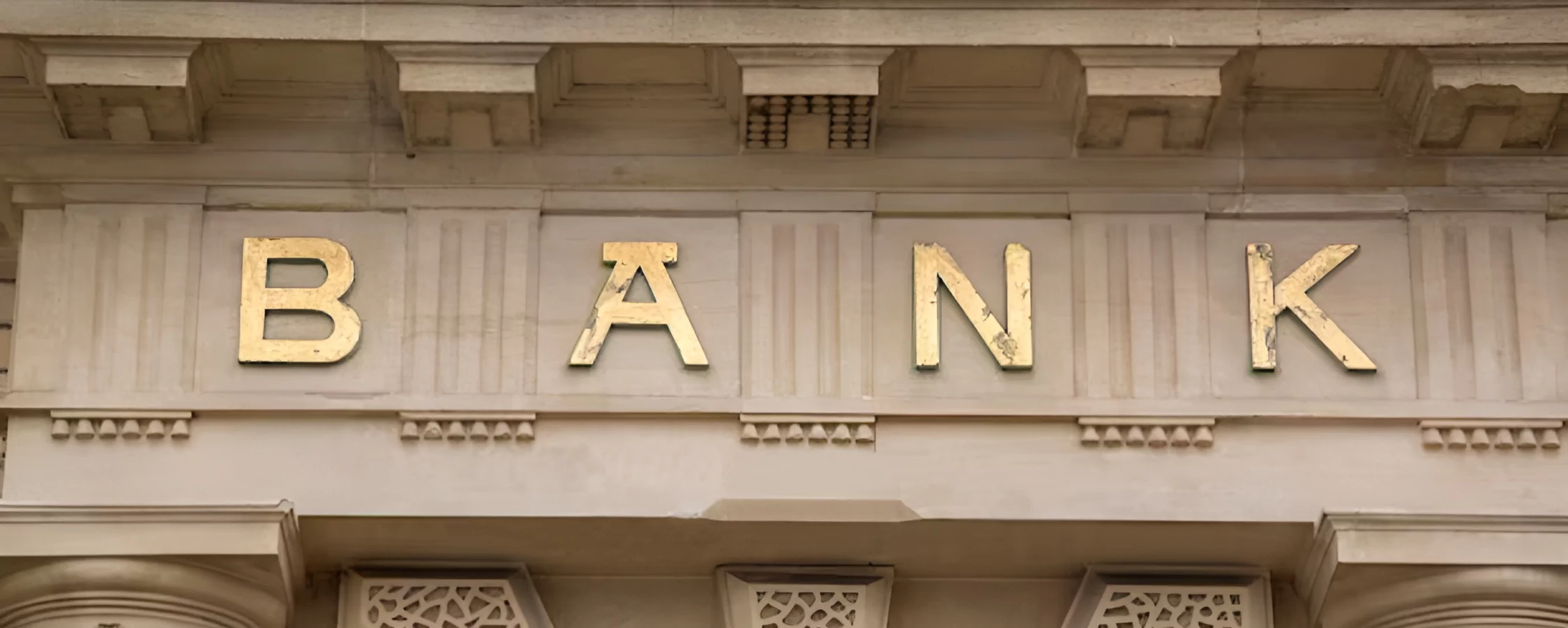Many people ask why is gold expensive? Well gold has been a highly prized possession for centuries due to its unique combination of desirable properties. It is a precious metal that is rare, and beautiful and does not react with other elements. Gold is durable, malleable, and conducts heat and electricity well. These physical characteristics have cemented its role in jewelry, technology, and as a monetary asset throughout history.
Why Is Gold Expensive?
As a finite material, the supply of available gold is limited by what has been mined from the Earth over time. Unlike other commodities, no large gold deposits have been discovered that could significantly increase the global stockpile. With rising populations and incomes driving long-term demand, gold’s scarcity ensures its value holds against other assets. Gold mining is also a complex, capital-intensive process requiring sophisticated technologies to extract marginal ounces from lower-grade deposits. This makes augmenting gold reserves an arduous process over many years.
Does Gold Have Practical Industrial Uses That Drive Demand?
While gold’s role in jewelry and financial investments dominates headlines, it has indispensable industrial applications supporting demand as well. Around 10% of newly mined gold goes to industrial and technological applications every year. Gold’s conductivity for carrying electric signals has made it integral to electronics manufacturing. It is the metal of choice for connectors in computers and electrical equipment. Gold also prevents corrosion in materials like pacemakers and spacecraft due to being non-reactive. Dentistry and biomedical technologies utilize its soft malleability and hypoallergenic properties too. Expanding global industries and populations underpin steady increases in this infrastructure-based gold consumption segment over the long run as well.
How Much Gold Is Used For Investment Purposes?

Approximately half of all gold mined is purchased by investors seeking a store of value and hedge. Gold Exchange Traded Funds alone account for over 2,500 tons annually. Central banks including China, Russia, Turkey, and Kazakhstan purchase hundreds of tons each year rebuilding reserves too. Collectively they own over 35,000 tons worth over $2 trillion held for diversification benefits. Individual investors often hold gold coins, bars, or jewelry in private portfolios as a counterbalance to paper assets. Geopolitical turmoil, economic crises, or currency risks prompt sudden surges of investment as haven inflows. Such global economic and financial factors invest the single largest use of newly mined gold supplies.
How Does Gold Supply Change Over Time?
Factors like new mine production, scrap recycling back into industry and changes in above-ground gold inventories determine aggregate annual supply. Primary gold output averages 3,000-3,300 tons p.a. but finding large new economical deposits becomes more challenging each year. Secondary supply through sales of official reserves or recycled gold re-entering markets provides a roughly equal supply counterpart to mining.
However, both primary and secondary gold supplies experience multi-year lags responding to price changes versus quick-fluctuating investment demand. Discoveries of mega deposits are also rare and their depletion is not immediately replaced. This leads to generally inelastic supply in the short run as prices adjust upwards to bring producers, recyclers, and disorders online to balance the market.
Does Jewelry Demand Influence Gold Price?

Approximately 50% of annual gold consumption goes to manufacturing jewelry every year, amounting to over 2,000 tons. Over long periods jewelry demand tracks population growth, rising incomes in developing economies, and cultural traditions. But jewelry fabrication and purchasing are slow processes making consumption less responsive to short-term price volatility than other uses.
Only when gold becomes severely unaffordable for extended periods does jewelry demand meaningfully deteriorate. Conversely, periods of falling prices stimulate additional buying. Cultural factors and branding build steady growth, though macroeconomic downturns dent consumer discretionary spending on luxury adornment temporarily. Overall jewelry maintains a supportive price floor for the gold market.
Does USD Impact Exchange Rates And Gold?
As the world’s primary reserve currency and petrodollar, the value of the US dollar heavily influences international gold pricing. When the USD strengthens it makes dollar-denominated gold more expensive for foreign buyers damping global demand. Conversely, periods of USD weakness stimulate overseas purchases and can spark inflation-hedge-related investment inflows into gold as other currencies appreciate. Gold typically has an inverse correlation to the USD and gains value as the US currency declines, as was seen in the 1970s. Exchange rates therefore represent major short and medium-term price drivers. Over longer cycles, the interplay between gold, inflation, and currency valuations waxes and wanes in typical seesaw fashion across economic landscapes.
Is paper gold trading impacting true physical markets?
Since the 2008 crisis, gold futures and ETFs have seen explosive growth—now dwarfing physical trade. However, paper contracts settle in cash not metal. Due to regulations, ETFs also hold substantially less physical gold reserves than their market capitalizations imply.
Together with unregulated crypto-gold dealings, some question if valuation dislocations may emerge if disparities between paper and physical trading widen too far. While paper markets bring liquidity supporting gold as an asset class overall, periods of physical supply-demand imbalances risk price distortions if physical delivery demands surge amid paper market contractions accompanying major sell-offs. Regulatory efforts try to maintain synergy between cash and physical gold trading domains to preserve price accuracy.
Conclusion | Why Is Gold Expensive?
Gold’s high expense stems from a combination of fundamental supply and demand factors. Its rarity answers why is gold expensive, along with its versatile properties, and historical significance that continue to underpin usage in jewelry, technology, and as a financial haven. Scarce new mine production struggles to keep up with long-term consumption growth. This supply inelasticity ensures gold largely maintains its value, especially when global economic and geopolitical uncertainties spike investment demand.
While financialization has boosted trading volumes, physical markets ultimately set the price. Gold’s multifaceted role across cultures and industries hence makes it a uniquely valuable commodity that will likely remain expensive for the foreseeable future. Even future discoveries may only moderately impact gold’s market equilibrium given entrenched demand drivers reinforced over centuries.













